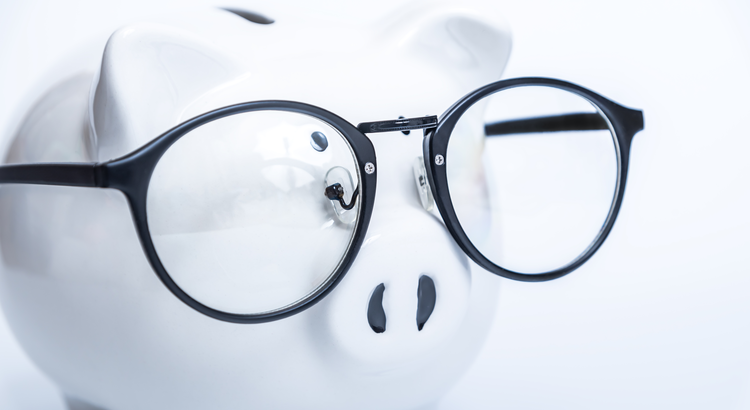Buying a home is an exciting milestone, but it also comes with significant financial responsibilities. While many people focus on saving for the down payment, there are several other costs to consider when preparing to buy a home. Planning ahead and understanding all the expenses involved can help you feel more confident and ready when it’s time to make your purchase.
Here’s a breakdown of what you should save for when buying a home:
1. Down Payment
The down payment is often the largest upfront cost when purchasing a home. While the traditional rule of thumb suggests putting down 20% of the home’s purchase price, there are many options that allow for smaller down payments.
- Typical down payment requirements:
- Conventional loans: 3%–20%
- FHA loans: As low as 3.5%
- VA or USDA loans: May offer 0% down for qualified buyers
Pro Tip: The more you can put down, the lower your monthly payments and private mortgage insurance (PMI) costs will be. However, don’t deplete your savings entirely—leave room for other expenses.
2. Closing Costs
Closing costs include a variety of fees required to finalize your home purchase. These costs typically range from 2%–5% of the home’s purchase price.
Common closing costs include:
- Loan origination fees
- Appraisal and home inspection fees
- Title insurance
- Escrow fees
- Prepaid property taxes and homeowner’s insurance
It’s a good idea to get an estimate of these costs from your lender early in the process so you can budget accordingly.
3. Moving Expenses
Moving into your new home comes with its own set of costs. These expenses can vary depending on how far you’re moving and whether you’re hiring professional movers or handling the move yourself.
Moving expenses to plan for:
- Truck rental or professional movers
- Packing supplies (boxes, tape, etc.)
- Utility connection fees for your new home
- Travel costs if your move involves a long distance
4. Emergency Fund
Homeownership often comes with unexpected expenses, from appliance repairs to maintenance issues. It’s essential to have an emergency fund in place to cover these costs without putting additional strain on your finances.
How much to save:
Aim for three to six months’ worth of living expenses in your emergency fund, separate from your home savings.
5. Home Inspection and Appraisal Fees
Before finalizing your purchase, you’ll need to pay for a home inspection and appraisal to ensure the property’s condition and value. These fees are usually paid out-of-pocket upfront.
- Home inspection: $300–$500 (varies by location and property size)
- Appraisal: $300–$700, depending on the home’s value and location
6. Homeowners Insurance
Lenders require you to have homeowners insurance in place before closing. This policy protects your home and personal belongings from damage or theft.
Average cost: $1,200–$1,500 per year, depending on factors like location, coverage level, and property size. Be prepared to pay the first year’s premium upfront.
7. Property Taxes
Property taxes are typically included in your monthly mortgage payment, but you may need to pay a portion upfront at closing. The amount you owe will depend on your home’s assessed value and your local tax rates.
8. Private Mortgage Insurance (PMI)
If your down payment is less than 20%, you’ll likely need to pay for private mortgage insurance, which protects the lender in case you default on your loan.
PMI costs:
- Typically ranges from 0.5%–1% of the loan amount annually
- Paid monthly as part of your mortgage payment
9. Home Furnishings and Improvements
Once you move into your new home, you may need to purchase furniture, appliances, or make improvements. While these costs aren’t mandatory, they’re worth budgeting for if you want to customize your space.
Examples of potential expenses:
- New furniture (beds, sofas, dining sets, etc.)
- Appliances like a washer, dryer, or refrigerator
- Paint, flooring, or other updates
10. Ongoing Maintenance and Repairs
Owning a home means taking responsibility for regular maintenance and unexpected repairs. While these costs vary, budgeting for annual maintenance can help you stay prepared.
Common maintenance costs:
- Lawn care or landscaping
- HVAC servicing
- Plumbing or electrical repairs
- Roof and gutter maintenance
A good rule of thumb is to set aside 1%–3% of your home’s purchase price each year for maintenance.
Buying a home is a significant financial commitment, and saving for all the associated costs is key to making the process smoother and less stressful. While the down payment is a major focus, don’t forget to account for closing costs, moving expenses, and ongoing responsibilities like maintenance and property taxes.
By planning ahead and setting realistic savings goals, you’ll be better equipped to handle the costs of homeownership and enjoy this exciting new chapter with confidence.
Ready to take the next step toward buying a home? Let’s connect to discuss your goals and create a plan to make your homeownership dreams a reality.

Providing guidance and assisting motivated buyers, sellers, tenants, landlords, and investors in marketing and purchasing property for the right price under the best terms. Determining clients’ needs and financial ability to purchase the best home for them. Call me today and let me help you find a home that can change your life!
